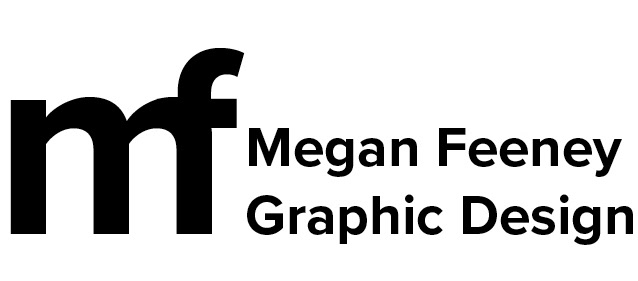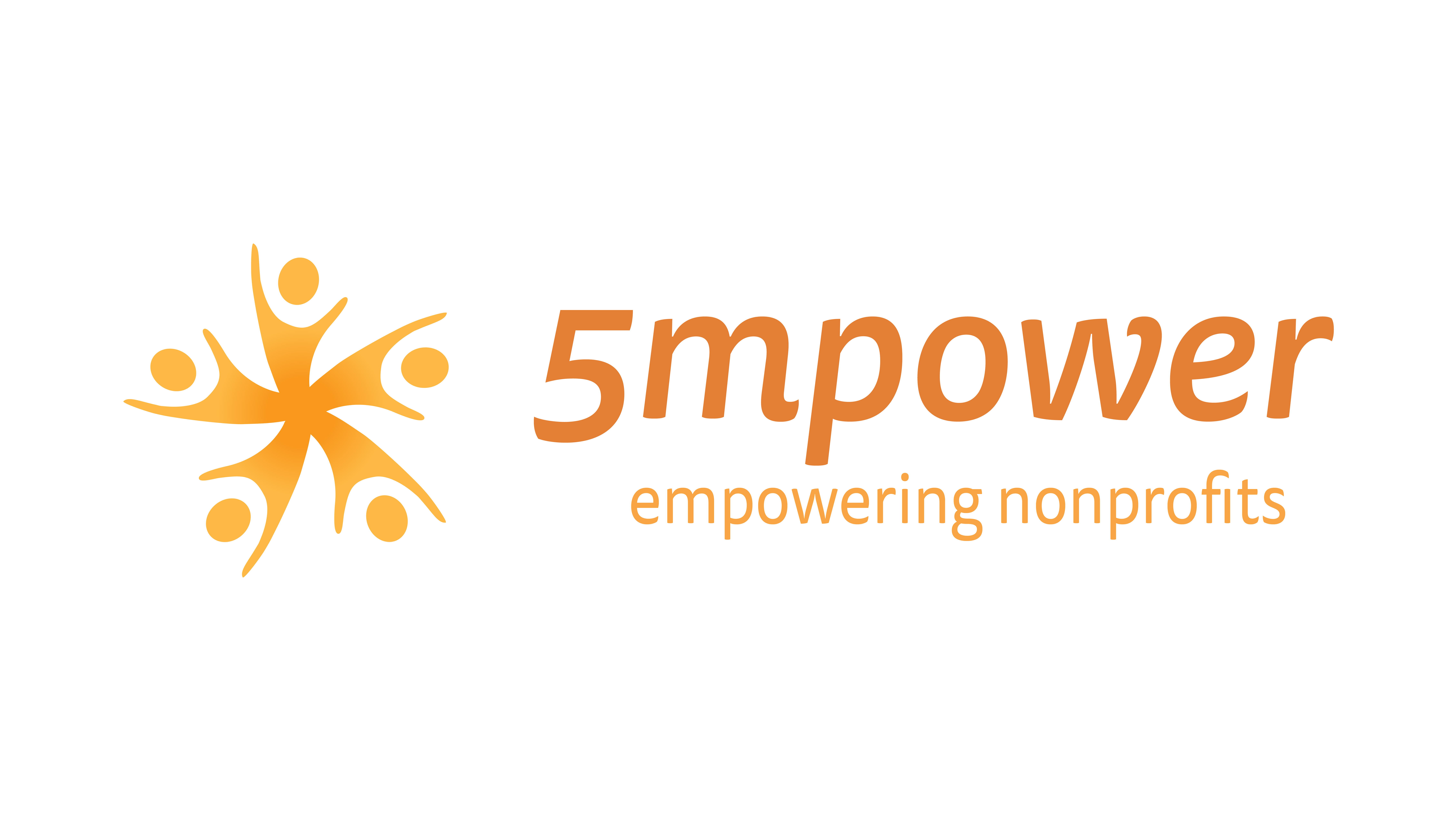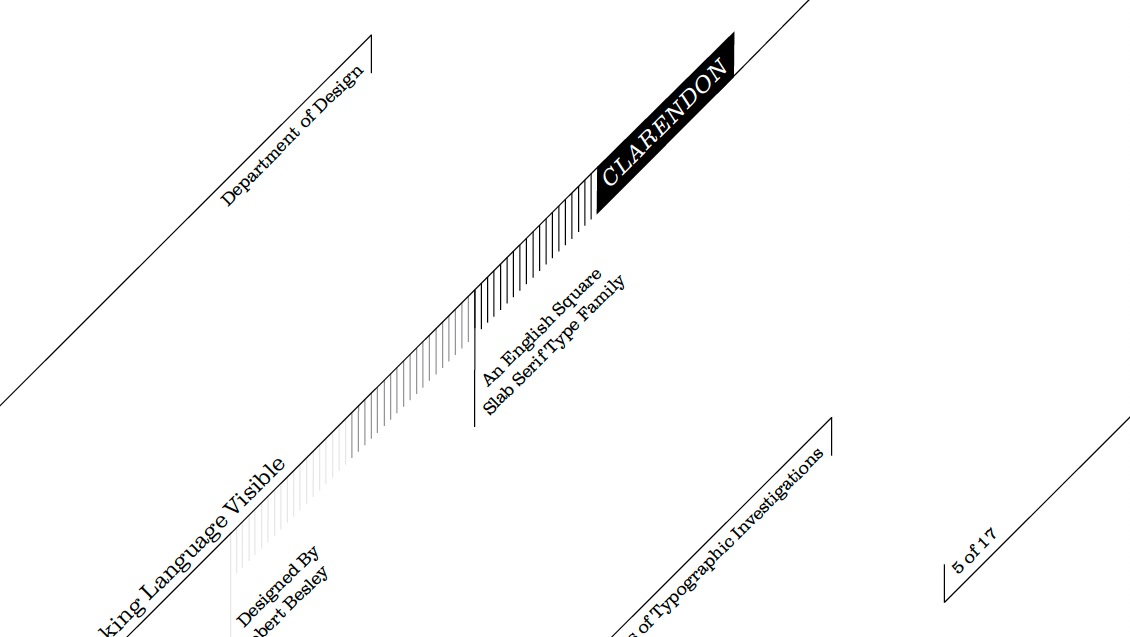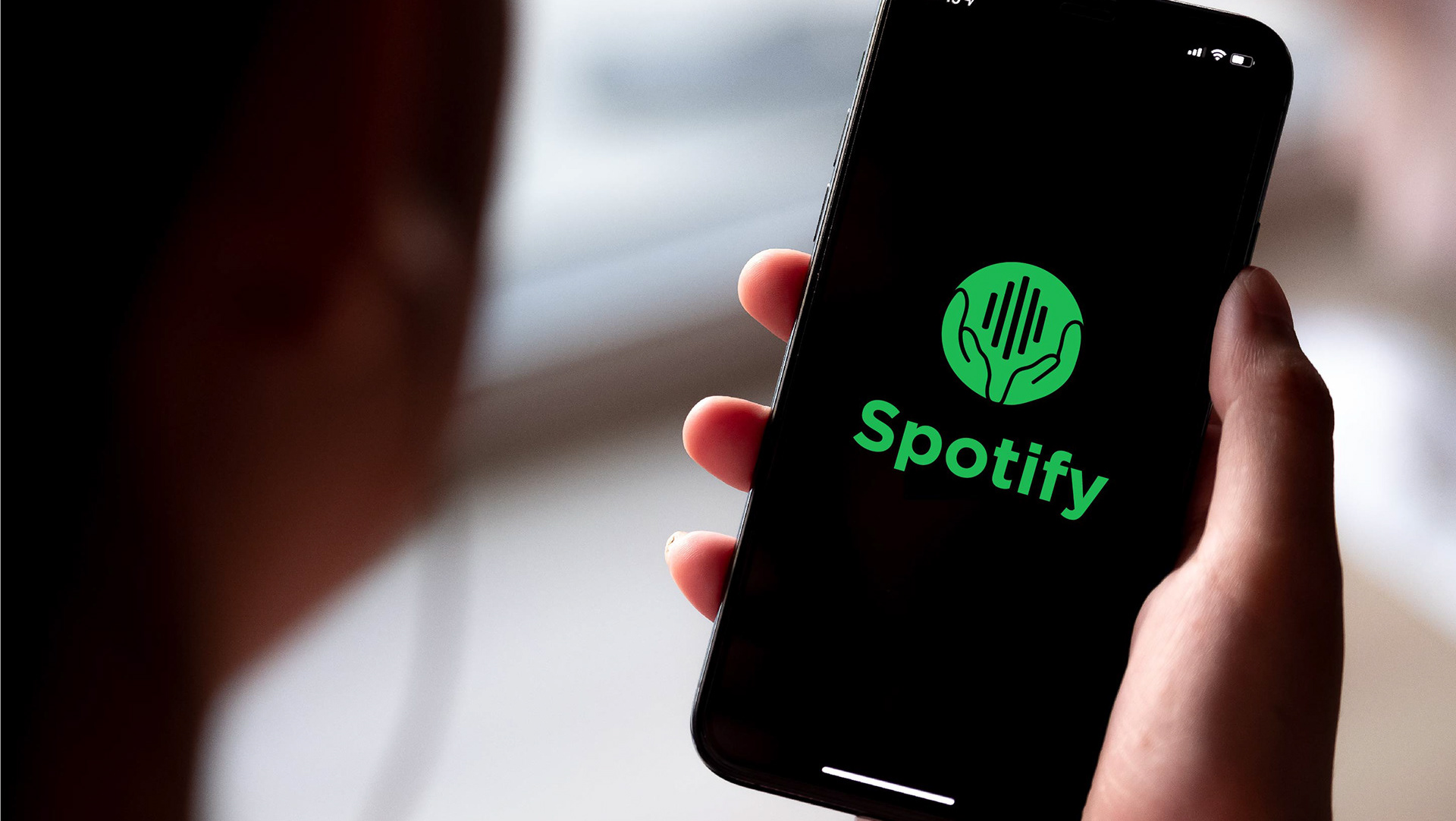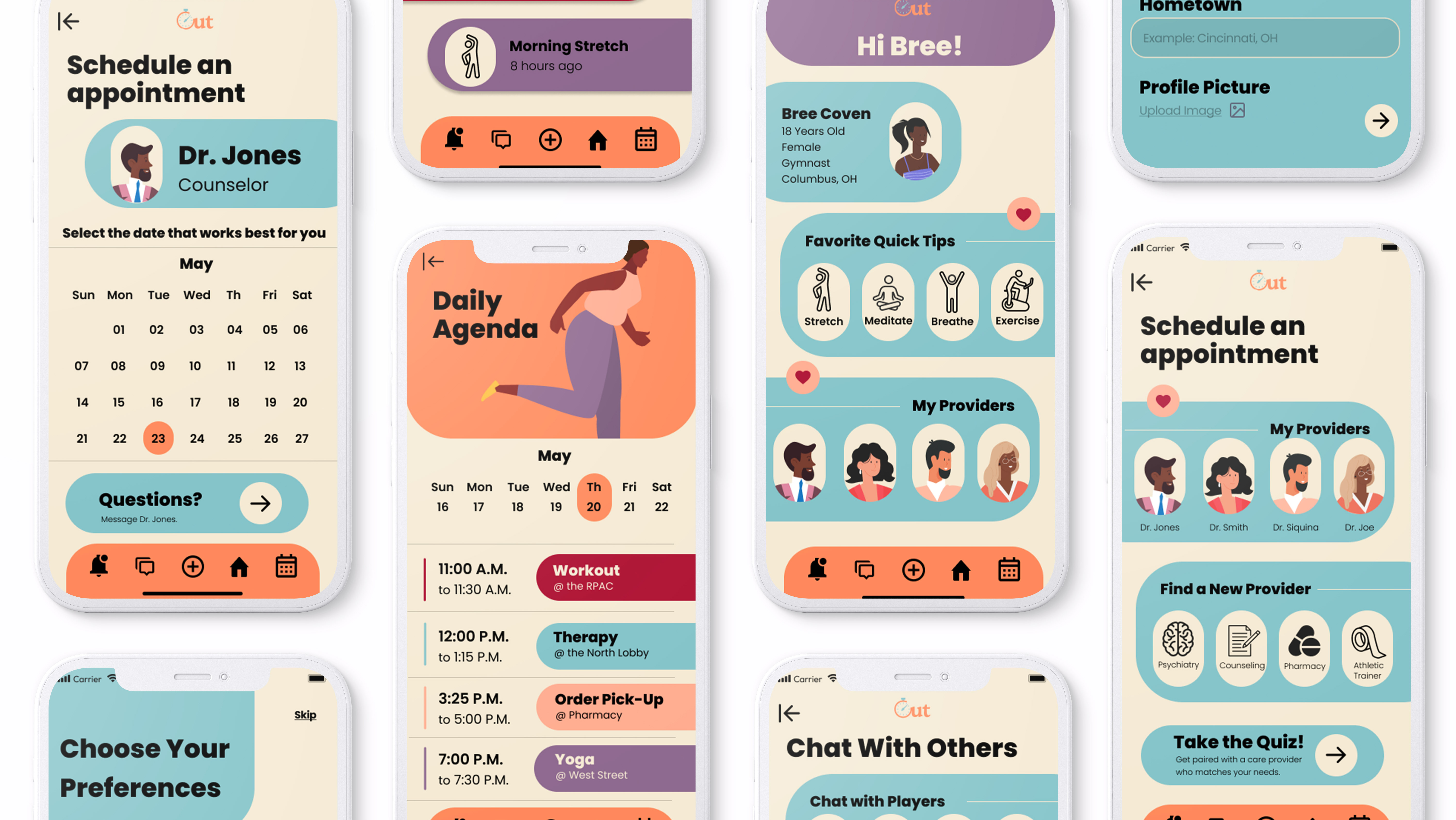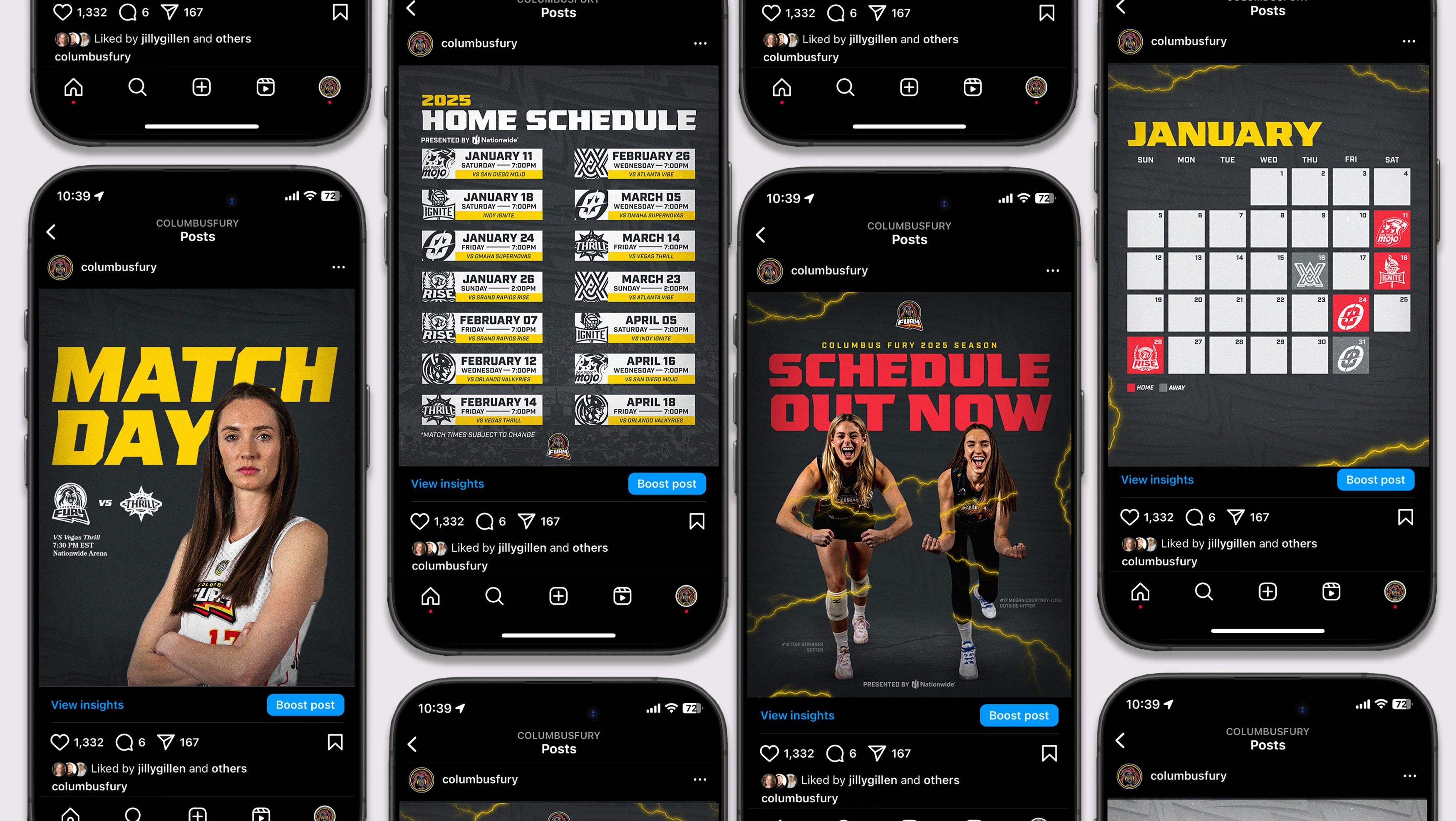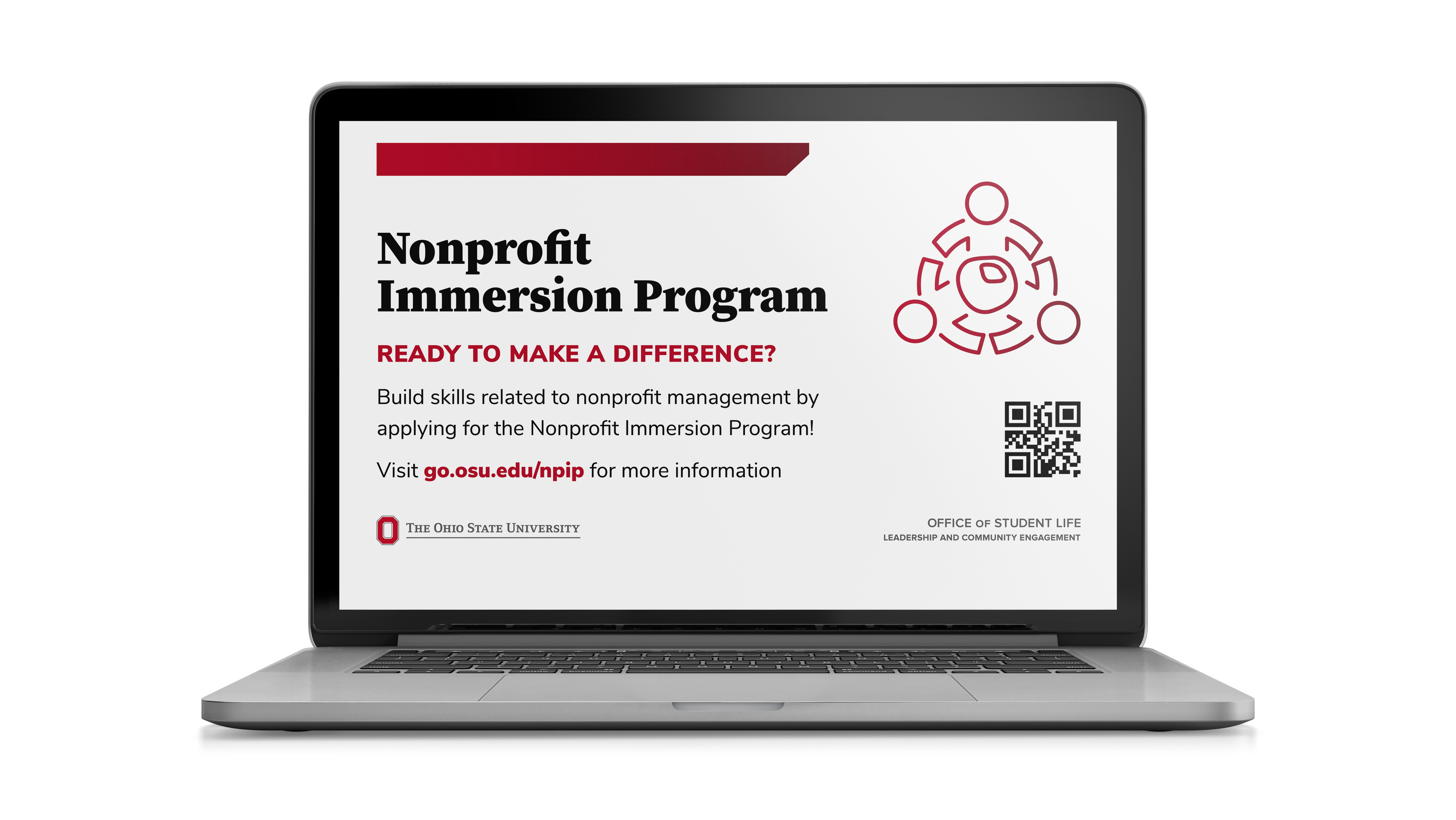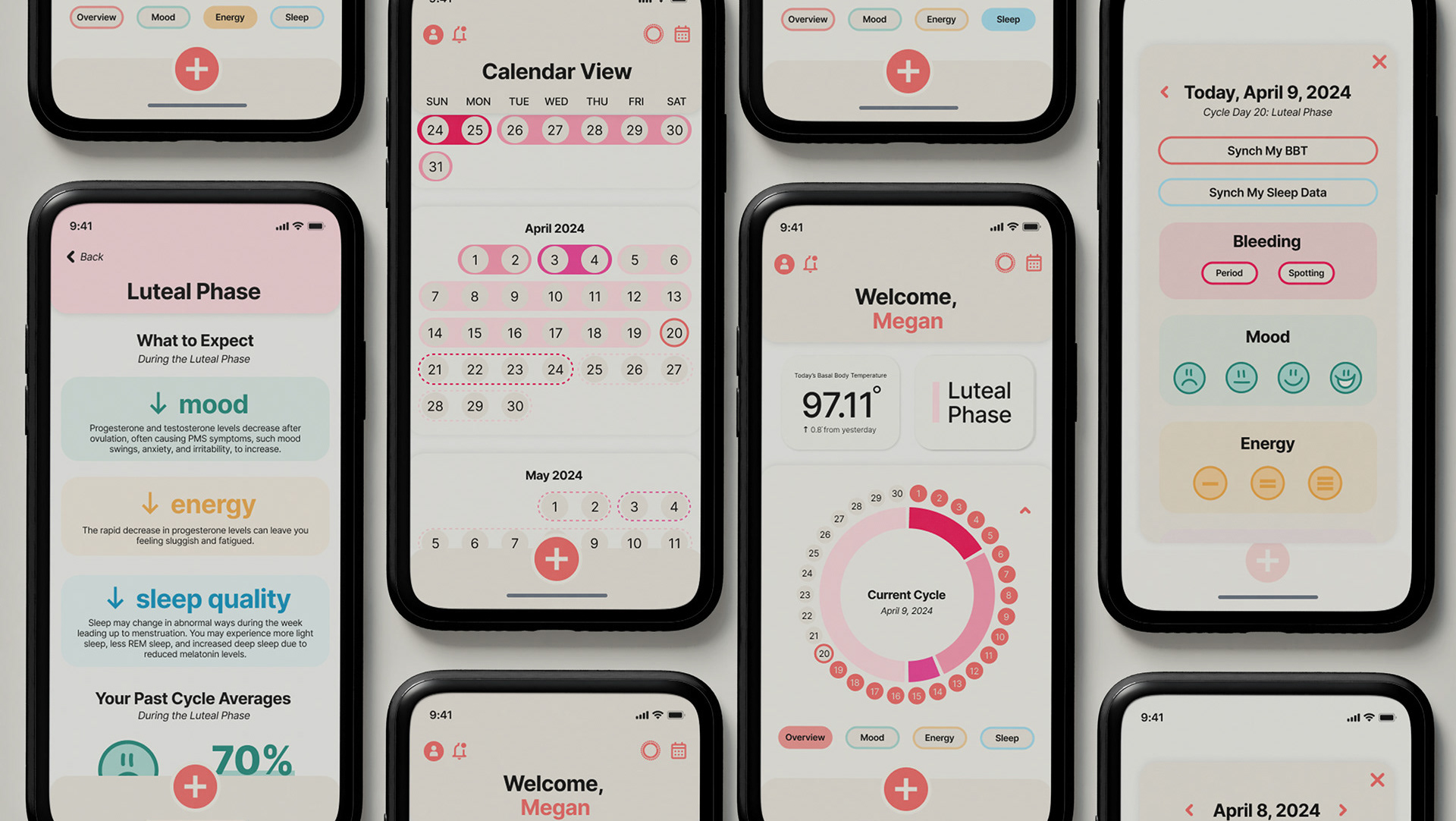Project Overview
This virtual reality experience allows participants to re-visit historical periods and re-live moments that helped transform society and the world around us. I completed this project in a team in which we developed a virtual reality house museum experience for the Meta Quest using Unity Game Engine.
Designers
Megan Feeney, Delaney Brown, Jack Seal-roth, Nik Brannon
Role
Environment design and 3D modeling
Description
History of Baseball is a VR experience designed for any user looking to learn more about the history of baseball and the life of Jackie Robinson. It is an interactive experience where users can navigate Robinson's home and interact with artifacts that reveal information about his personal life and historical impact.
Project Proposal
Onboarding
Onboarding is a crucial part of virtual reality, preparing users to navigate through an experience efficiently and effectively. Our team's onboarding was graphic-based and consisted of 3 signs floating above a table. The table had two test-objects on it; a TV and a magazine. The goal of our onboarding table is to provide objects for the user to practice interacting with so that the rest of the experience goes smoothly.
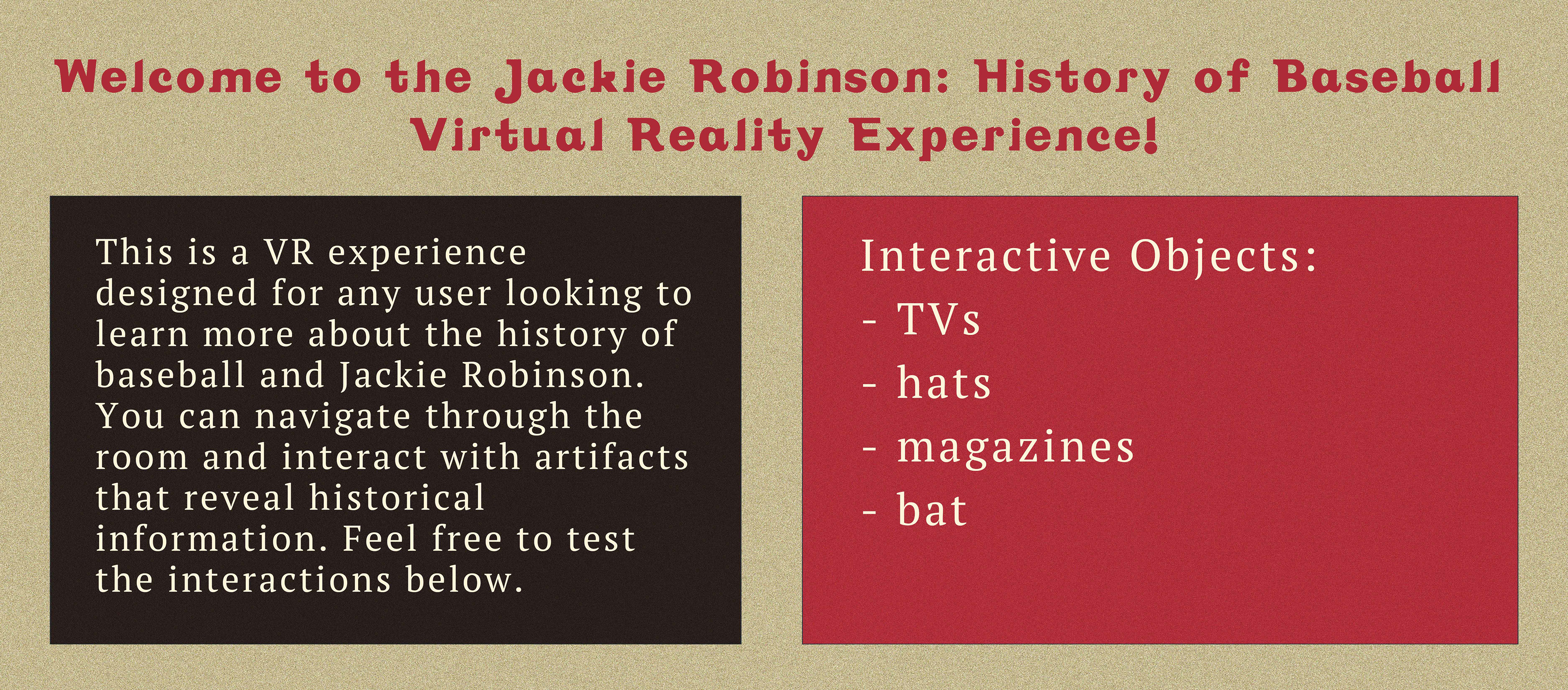
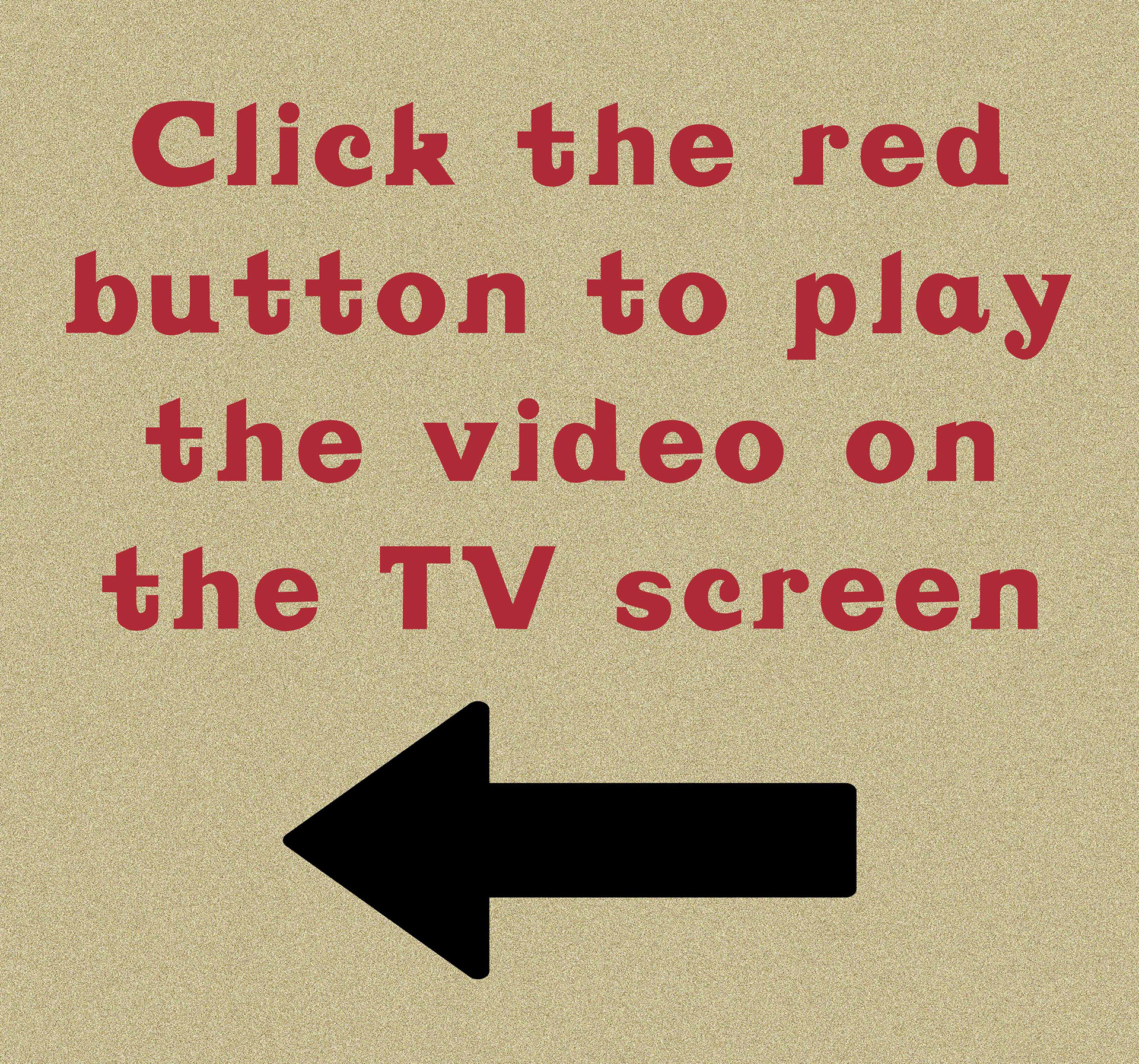

3D Models
When designing the artifacts for our experience, we used a mixture of downloaded models from outside sources as well as ones we modeled in Maya.
Jerseys
The baseball jerseys were the largest artifact in our experience. We imported the 3D model from an outside source, CGTrader, and a team member designed each specific jersey as a UV map texture. Each jersey was then displayed in a display case and accompanied by a video describing historical events related to Jackie's time with that specific team.


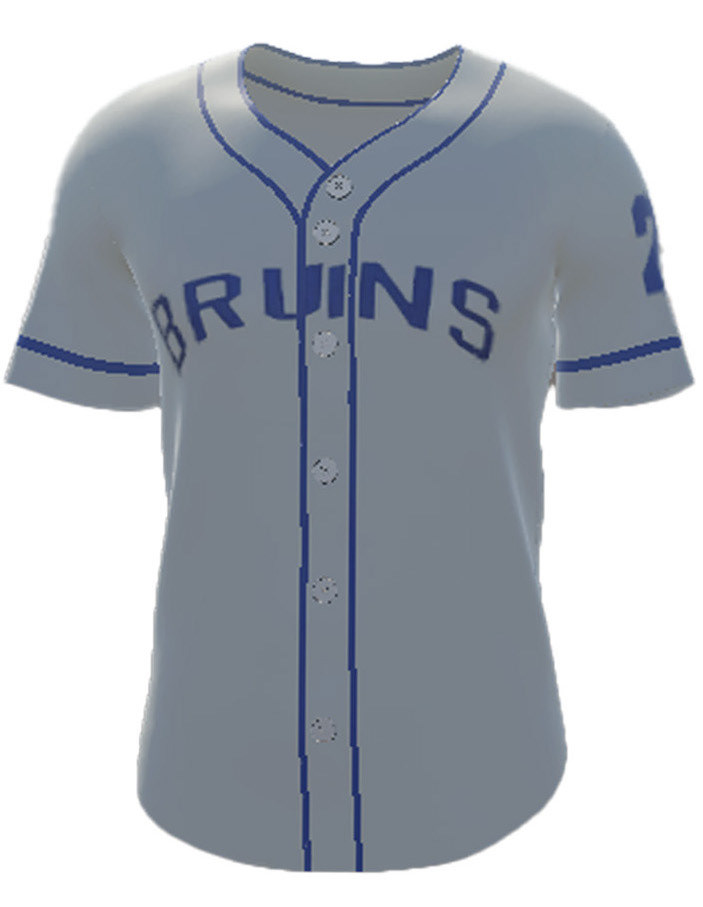

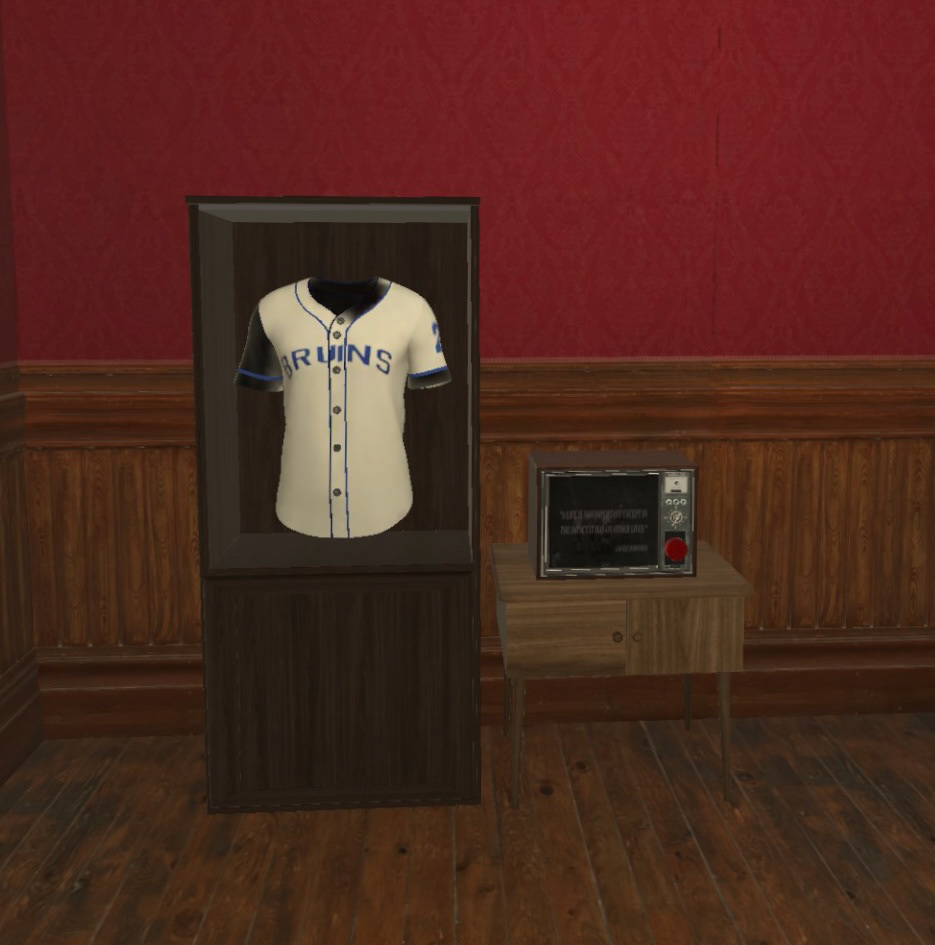
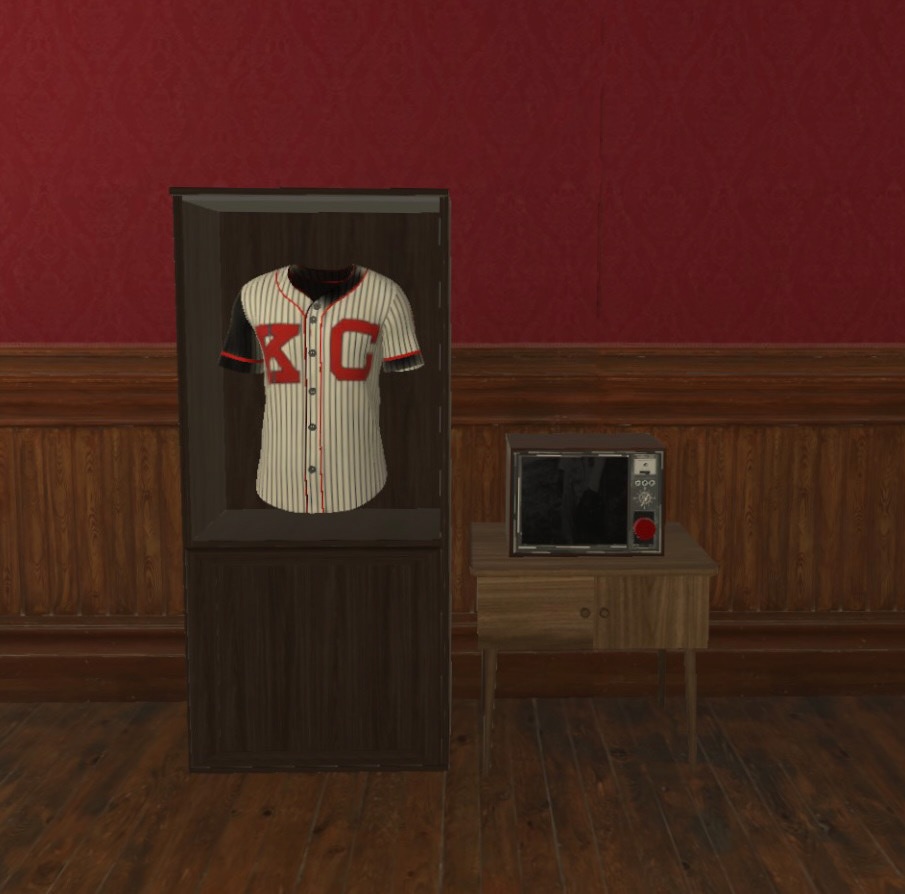
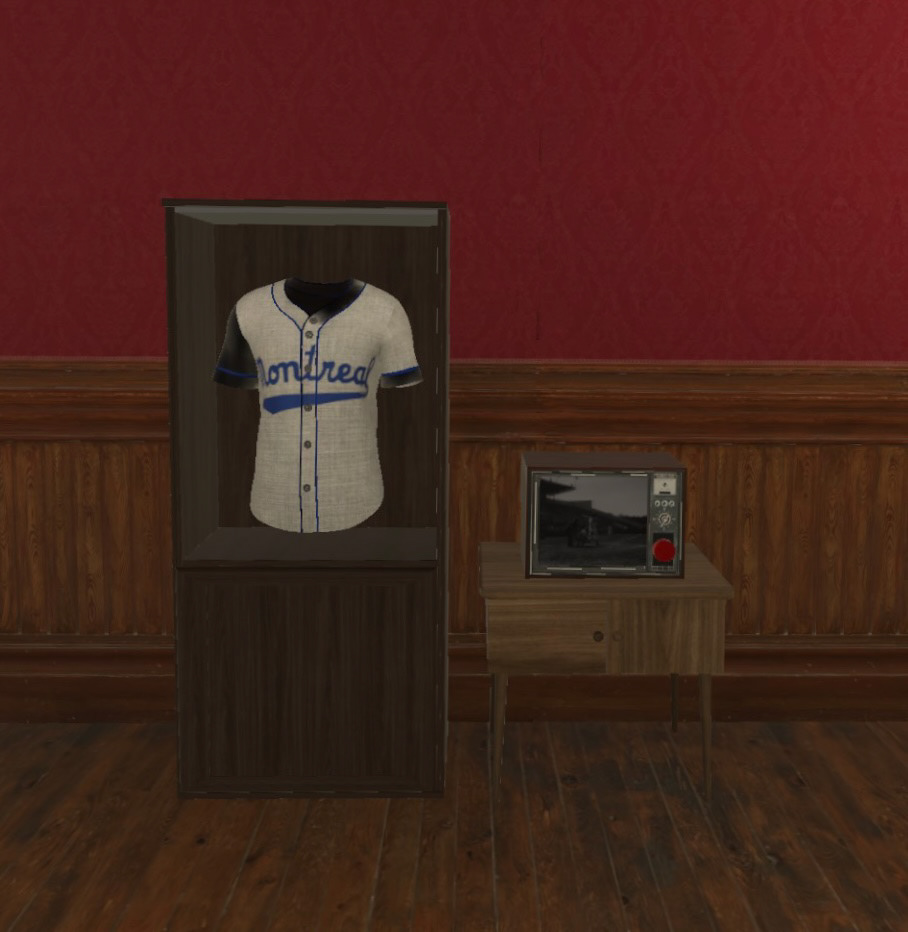
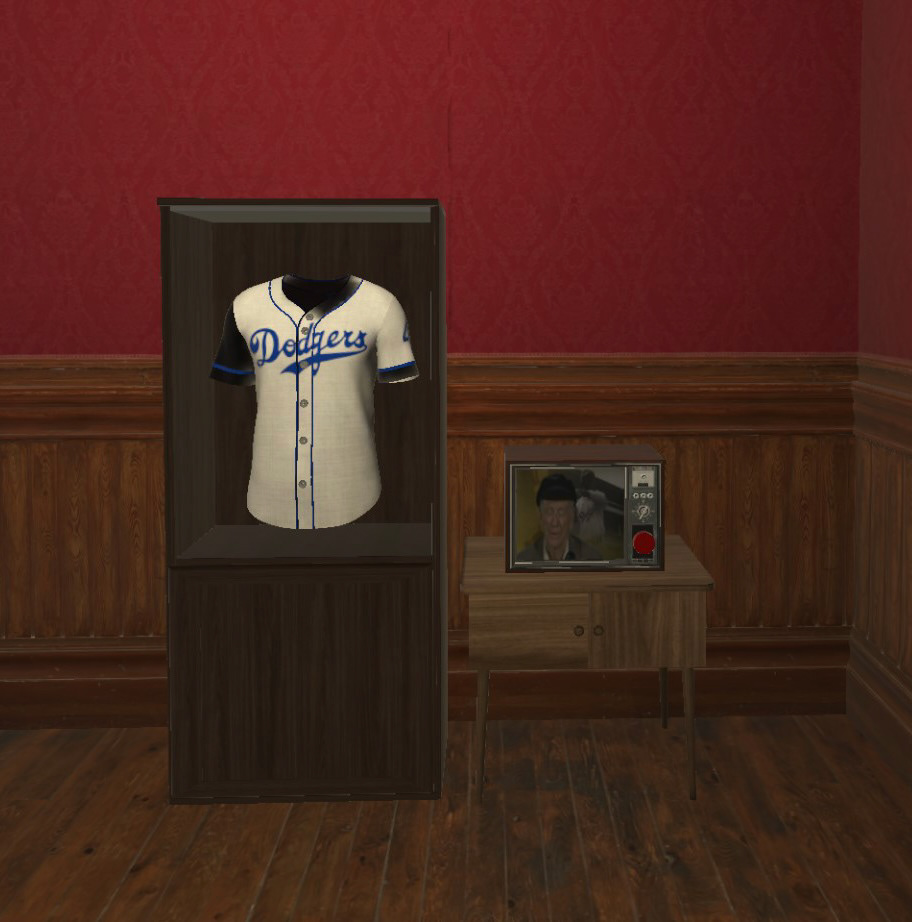
Plaques
On one wall of the living room, we created a gallery wall with photos of significant events throughout Robinson's life. Each photo frame has a plaque below it that explains what is happening in the photo. One of my roles in this project was modeling the plaques using the software, Maya and creating textures using the UV map. The textures included a bronze background with descriptions of each photo.
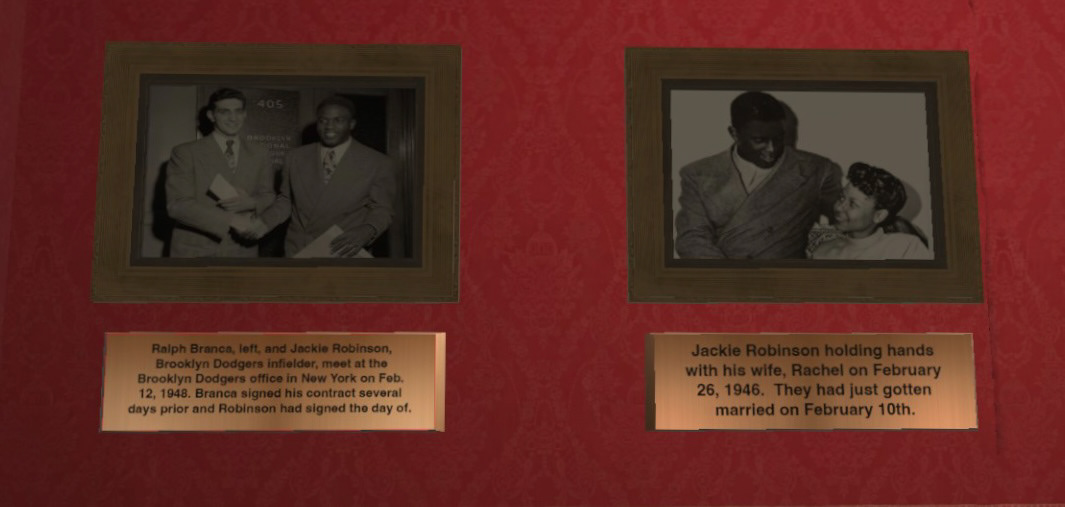



Interactive Artifacts
Virtual house museums allow participants to interact with historical artifacts in a way often prohibited within real museums, creating a richer sense of immersion and presence. To make this experience interactive, we incorporated user interactions into a few artifacts. The hats, bat, and magazines were able to be picked up by the user and the TV included a button that could be pressed to activate a video with audio.

Hats
Each hat was created using the same method as the jerseys; using a model from CGTrader and customized with UV map textures designed in Photoshop. Each hat is interactive so that the user can pick up the hat and look at it while holding it in their hand. When the hat is picked up, there is also an audio that plays, immersing the user further into the baseball experience.
TVs
Each TV model was imported from CGTrader. We sourced videos that all came directly from interviews or historical documentaries about Robinson, which were activated to play when a red button was pressed by the user.
Virtual Environment
Our virtual environment is inspired by Jackie Robinson's home in Brooklyn. Since we were limited in time and resources, we weren't able to recreate a replica of his home, but instead used/modeled assets that reflected the style of homes in the 1940s.
Video Walkthrough of the VR experience
Challenges
Most of our challenges came from inexperience with the programs and troubles incorporating interactions. Specifically, we couldn't quite figure out how to implement gravity correctly and incorrect shading on the jersey sleeves. With help from Shadrick, Armarth, and the tutorials, we were able to make changes and learn more about the interactions and how we want to incorporate them into our showroom. Even if we didn't completely solve some of the issues from our challenges, we were still able to create an interactive experience for users and learn more about designing within the Unity Game Engine.
Conclusion
One of the biggest takeaways from our project is understanding how virtual reality can provide people with effective ways to learn information about history and engage with a topic in ways they wouldn’t be able to do in person. If we had more time, we would choose to make more complex interactions such as flipping the pages of the magazines. We would also want to make the environment more authentic to Jackie Robinson’s real home rather than just a reflection of the time period. Future designers and developers could build on our study by creating a more in-depth experience of Jackie Robinson’s entire life rather than just a small slice, as well as more house museums for other influential baseball players or athletes.
